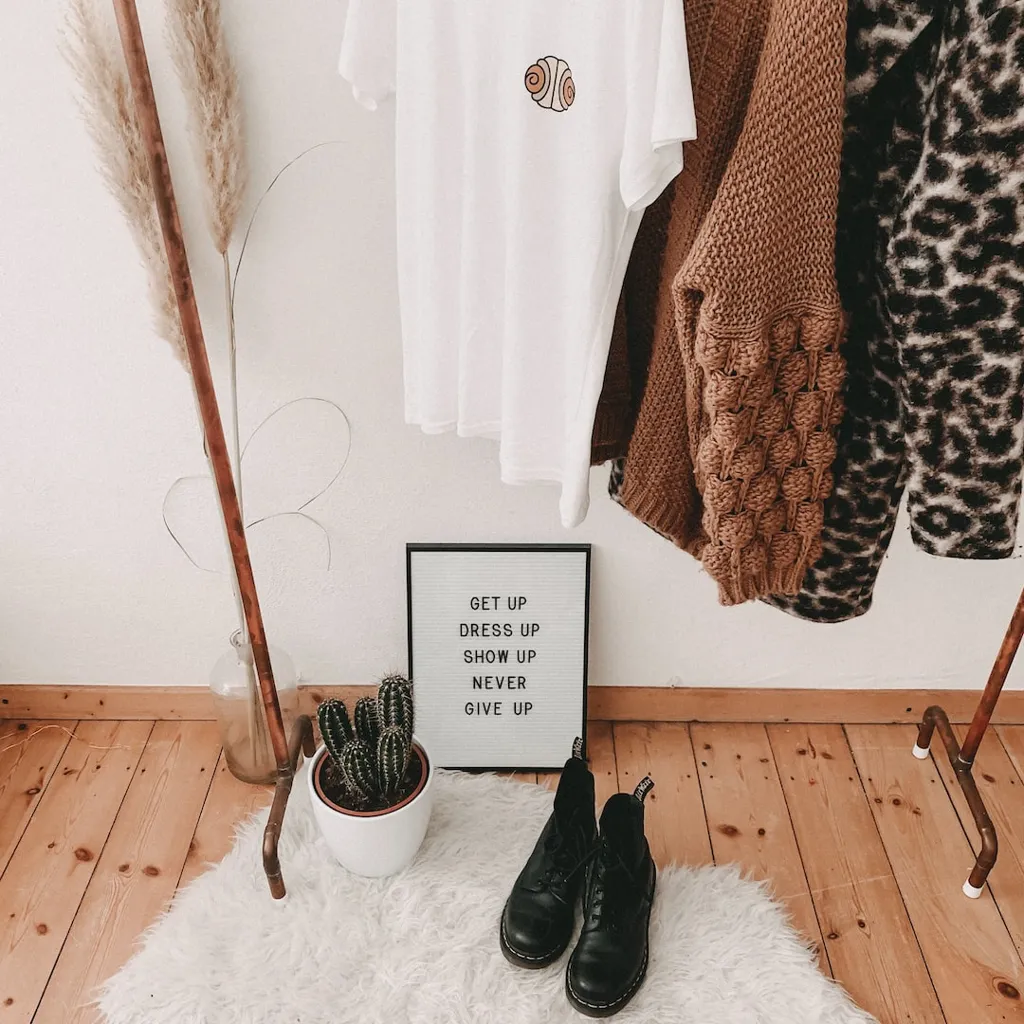The Exciting World of Fashion Designers: Career, Education, and Progression
Fashion design is the art of creating apparel, footwear, accessories, and other lifestyle products that are functional, aesthetically appealing, and reflective of the latest fashion trends. Fashion designers play a crucial role in shaping the global fashion industry, which is valued at over $1.5 trillion and employs millions of people worldwide.
Examples of Jobs in Fashion Designing
The field of fashion design offers a diverse range of career opportunities, each with its own unique set of responsibilities, requirements, and rewards. Here are some examples of fashion designing jobs:
- Fashion Designer: This is the most common fashion designing job, and it involves conceptualizing, sketching, and creating designs for clothing, footwear, accessories, or other lifestyle products. Fashion designers work closely with merchandisers, marketers, manufacturers, and retailers to bring their designs to market.
- Patternmaker: Patternmakers create the blueprint for a garment or accessory by translating a fashion designer’s sketches into a technical diagram that manufacturers can follow. They use specialized computer software and mathematical algorithms to create precise patterns that ensure a garment fits correctly and flatters the wearer.
- Textile Designer: Textile designers specialize in creating unique and innovative fabric designs that can be used in clothing, home décor, or other products. They work with a variety of materials, such as cotton, silk, wool, and synthetic fibers, to create patterns, colors, and textures that cater to consumers’ tastes.
- Fashion Stylist: Fashion stylists work with clients, fashion brands, or media companies to create compelling visual images that showcase fashion products or personas. They collaborate with photographers, makeup artists, hair stylists, and models to create the desired look and feel.
- Fashion Merchandiser: Fashion merchandisers work with retailers, wholesalers, and fashion brands to select the products that will be sold in stores or online. They analyze market trends, customer demand, and company budgets to make informed decisions regarding product offerings, pricing, and inventory management.
Education and Training Requirements for Fashion Designers
To become a fashion designer, you typically need a formal education in fashion design from an accredited institution. Most fashion design programs offer a bachelor’s or associate degree that covers topics such as garment construction, patternmaking, fashion illustration, textile science, fashion history, and business fundamentals.
In addition to formal education, aspiring fashion designers can gain hands-on experience through internships, apprenticeships, or entry-level jobs in the industry. These opportunities can provide valuable insight into the fashion industry’s inner workings and help you build your portfolio and network.
Progression in the Fashion Designing Field
Progression in the field of fashion designing typically involves moving up the ranks from entry-level positions to more senior roles that offer greater responsibilities, influence, and compensation. For example, a fashion designer may start as an assistant or junior designer and then progress to become a lead designer, creative director, or even launch their own fashion brand.
To progress in fashion designing, you’ll need to stay on top of current fashion trends, hone your design skills, build your professional network, and continuously learn and adapt to changing consumer preferences and markets.
Getting Started in Fashion Designing
If you’re new to the field of fashion designing, there are several steps you can take to break into the industry:
- Invest in your education by enrolling in a reputable fashion design program.
- Gain hands-on experience through internships, part-time jobs, or apprenticeships in the fashion industry.
- Build a strong portfolio of your fashion designs, sketches, and illustrations.
- Attend fashion shows, industry events, and networking opportunities to connect with professionals and learn about the industry.
- Stay up-to-date on fashion trends and developments through research, media, and fashion publications.
By taking these steps and demonstrating your passion, creativity, and skill, you can establish yourself as a successful fashion designer and make a meaningful impact in the fashion industry.
| Geography | Job Level | Union | Salary (Low) | Salary (High) |
|---|---|---|---|---|
| US National Average | All levels | Nonunion | $83,636.80 | $85,030.40 |
| US National Average | All levels | Full-time | $87,776.00 | $88,712.00 |
| US National Average | All levels | Time-based pay | $85,675.20 | $87,131.20 |
| Los Angeles-Long Beach-Anaheim, CA | All levels | Nonunion | $90,896.00 | $98,217.60 |
| Los Angeles-Long Beach-Anaheim, CA | All levels | Full-time | $93,516.80 | $100,401.60 |
Fashion design is a creative and artistic job, but it can also be lucrative. According to the salary data provided, the US national average salary for fashion designers is $85,333.33. However, this number can vary depending on the job level and union status of the designer. Full-time fashion designers make on average $88,244.00, while time-based pay designers make on average $86,403.2.
The effects of a union on this job can be seen in the Los Angeles-Long Beach-Anaheim region, where both unionized and non-unionized fashion designers make significantly more money than the national average. Full-time designers in this region make on average $97,859.20, while non-unionized designers make $94,556.80. This suggests that a strong union can help to improve working conditions and increase salaries.
Overall, fashion design can be a lucrative career for those with the creativity and skills to succeed. The geographical location and union status of the designer can have a significant impact on salary, so it is important to research the best opportunities in your region.












